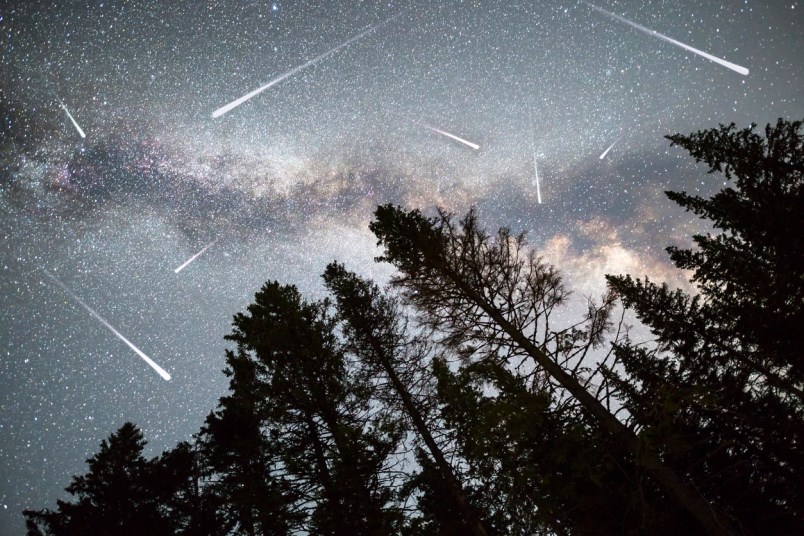Stargazers, rejoice.
The first meteor shower of 2020 has already begun in Vancouver, but its peak is set to take place at the start of January.
Active from Dec. 12 to Jan. 12, the Quadrantid meteor shower will see its peak around Jan. 4, when locals will have the chance to see the greatest number of shooting stars. Typically, this shower delivers intense, short bursts of meteors that last only a few hours.
According to in-the-sky.org, the shower is set to produce at a rate of 120 meteors per hour this year. In Vancouver, the site notes that, "The radiant point culminates (is highest in the sky) after dawn – at around 09:00 PST – and so the shower is likely produce its best displays shortly before dawn, when its radiant point is highest."
The shower's radiant point is in the constellation Boötes, near the handle of the Big Dipper. Optimal viewing will be from after dusk on Jan. 3 and before dawn on Jan. 4.
Locals will be able to catch some of the astral magic in the nights leading up to the shower’s peak, and in the days nights after. The moon's light won't significantly obscure the shower during its peak times since it will be at quarter fullness.
Stargazers should travel as far away from city lights as possible in order to avoid light pollution that will obscure the clarity of heavenly bodies. While this works best in more remote places, anywhere that has a higher elevation will also provide more ideal viewing conditions.
Click here for original article.



